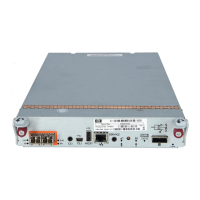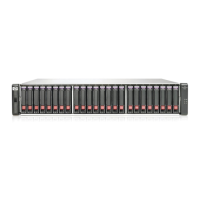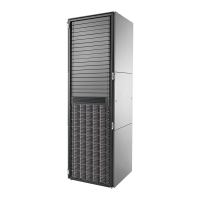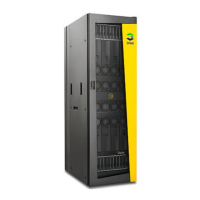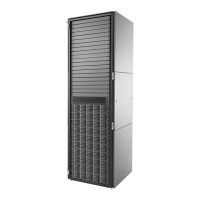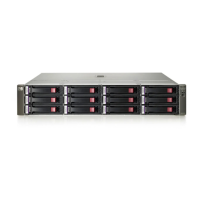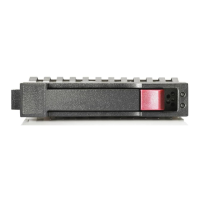Key benefits of the P2000 G3 family:
• P2000 G3 products manage growing storage requirements across multiple HP ProLiant servers
for users who need a centralized dedicated storage solution for applications. Shared storage
allows for controlled, cost-effective growth and increased protection of data.
• Its ease of management allows a department or small company to effectively handle growing
storage requirements with a minimum of complexity.
• P2000 G3 products extend the benefits of shared storage resources to first time implementers
on a tight budget.
• Ability to grow as storage demands increase. The P2000 G3 SAS MSA controller enclosure
can support up to seven cascaded P2000 drive enclosures, as long as the total number of
drives in the array system does not exceed 149. For detailed information about
maximum-capacity configurations, see the P2000 G3 MSA System QuickSpecs.
• The optional controller-based snapshot and clone capability as part of the P2000 G3 family
allows the smaller departmental user or company to implement functionality once only available
to much larger firms with high-cost arrays.
Key features of the P2000 G3 family:
• Space-efficient 2U design, with hot-pluggable drive bays.
• Highly efficient consolidation and sharing of storage geared to departmental and
small-to-medium business requirements.
• Cost efficient plus high-availability choices.
• Flexibility in drives: Large Form Factor 3.5-inch or HP ProLiant Small Form Factor 2.5-inch
drives.
• Enterprise-class SAS or archival-class SATA drives as need and budget dictates.
• Dual-port SAS drives for enterprise needs.
• Large capacity single-port SATA drives for low cost archival storage.
• Ability to mix SAS and SATA drives within the same MSA storage enclosure.
• Choice of single- or dual-controller enclosure models
• Choice of single I/O module or dual I/O module drive enclosure models.
Configuration, management, and monitoring tasks are performed using the Storage Management
Utility (SMU) or Command Line Interface (CLI), both of which are embedded in MSA2000–family
array controller firmware. For more information about these software utilities, see Solution
management tools. Functionality of the two user interfaces is similar, but presented in different
console formats. HP recommends becoming familiar with and primarily using one of the two
interfaces.
For more information
Device website: http://www.hp.com/go/P2000
BladeSystem Technical Resources website: http://www.hp.com/go/bladesystem/documentation
Be sure to read the following documents, shipped with the storage and BladeSystem enclosure:
• HP P2000 G3 MSA Systems Installation Instructions
• HP BladeSystem c-Class Solution Overview Setup Poster—Provides an overview of the complete
installation process of an HP BladeSystem c-Class solution.
20 Device information
